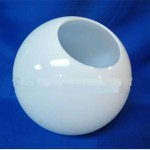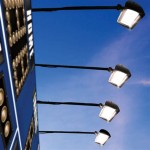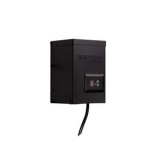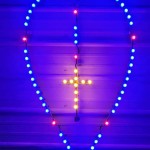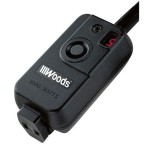Essential Aspects of Outdoor Portrait Lighting Tutorial
Capturing stunning outdoor portraits requires an understanding of natural light and the techniques to harness it effectively. This comprehensive tutorial will guide you through the fundamental aspects of outdoor portrait lighting, empowering you to create captivating images with natural beauty.
Golden Hour Photography
Golden hour, the period shortly after sunrise or before sunset, offers the most flattering natural light for portraits. The sun's warm, diffused rays cast a soft, golden glow, minimizing harsh shadows and creating a mesmerizing ambiance.
Natural Reflectors
Utilize natural reflectors to bounce light onto your subject's face, reducing shadows and enhancing skin tones. Walls, buildings, and even white umbrellas can effectively reflect light and fill in facial contours for a balanced illumination.
Directional Lighting
The direction of natural light can drastically alter the mood and impact of your portrait. Shoot with the sun at a 45-degree angle to the subject's face to create dramatic shadows and define facial features.
Open Shade
Seek out open shade, an area with indirect natural light, to minimize harsh shadows while maintaining soft, flattering illumination. This lighting technique is particularly suitable for candid portraits or when shooting in bright midday sunlight.
Backlighting
Experiment with backlighting, where the sun is positioned behind your subject. This technique creates a silhouette effect and emphasizes the subject's shape and form. Use a reflector or fill-flash to avoid underexposing your subject's face.
Window Light
Window light, the natural light streaming through a window, can provide soft, diffused illumination for indoor or outdoor portraits. Position your subject near a window to create a flattering Rembrandt lighting effect, where one side of the face is illuminated while the other remains in shadow.
Equipment Considerations
While natural light is paramount, consider using a diffuser or reflector to modify the light and enhance its quality. A diffuser softens harsh shadows, while a reflector bounces light onto your subject. Additionally, a supplemental light source, such as a flash, can provide additional illumination during low-light conditions.
Conclusion
Mastering outdoor portrait lighting is an art form that transforms ordinary images into captivating works of art. By understanding the principles of natural light and employing the techniques outlined in this tutorial, you can elevate your outdoor portraiture and capture stunning images that showcase the beauty of your subjects.

Outdoor Portrait Lighting Tutorial And Demo For Beginner Photographers

Outdoor Portrait Tutorial For Beginners Photography Lighting Tips

Applying The 3 Light Studio Setup To Outdoor Portraits

How To Mix Ambient Light And Fill Flash For Outdoor Portraits

11 Outdoor Portrait Photography Tips For Easy Shots

Outdoor Portrait Lighting E Book Jojo Cooper

How To Achieve Multiple Portrait Lighting Effects With One Flash Unit

11 Outdoor Portrait Photography Tips For Easy Shots

Outdoor Portrait Photography Tutorial Composition

11 Outdoor Portrait Photography Tips For Easy Shots
